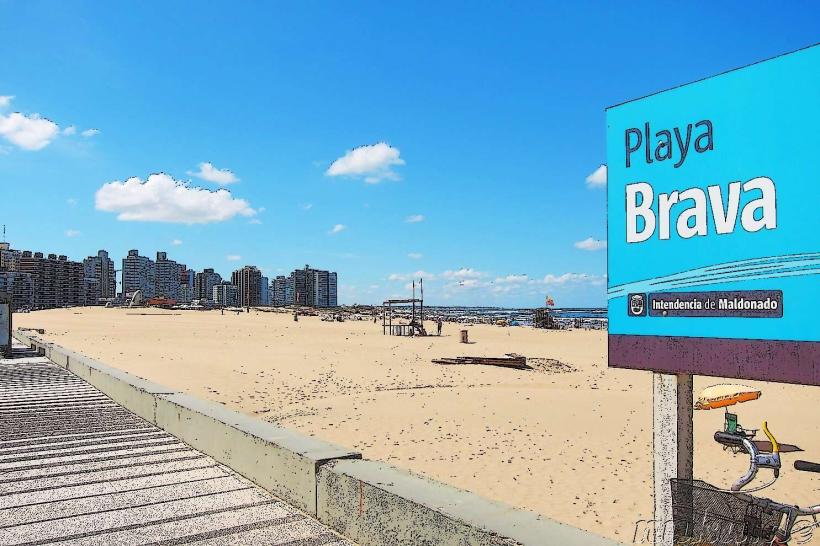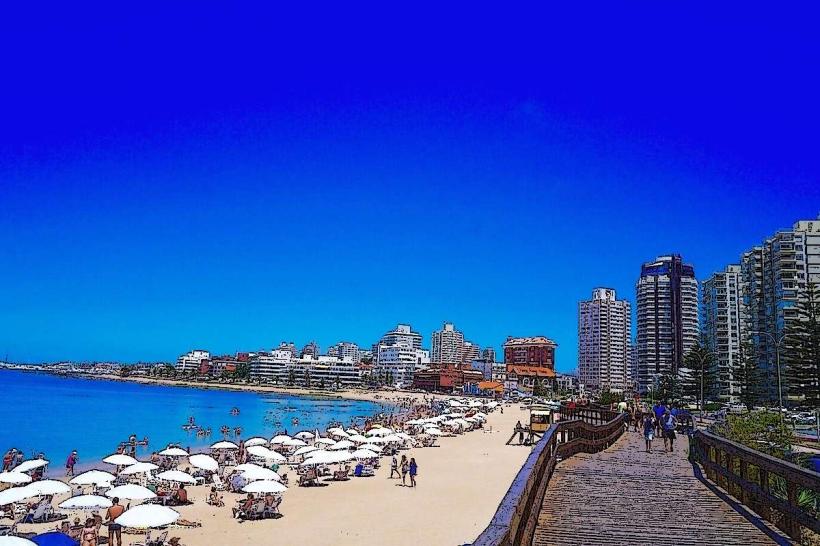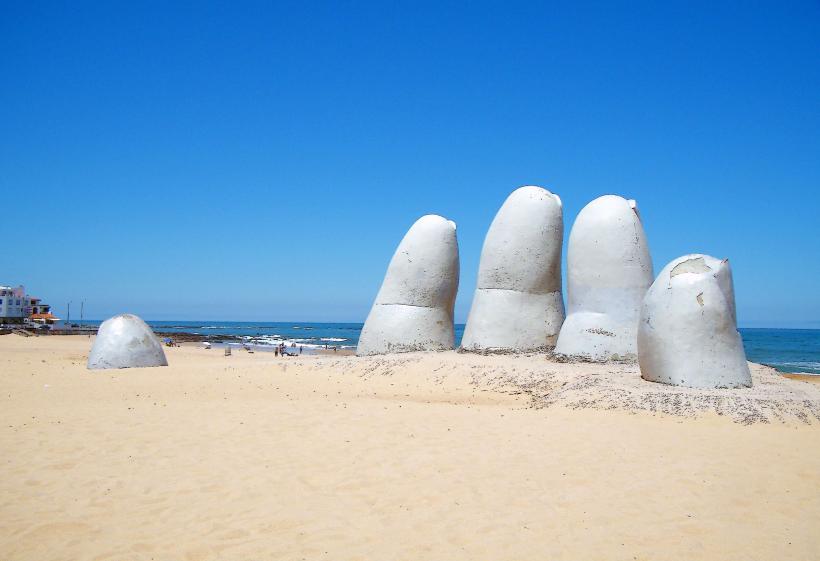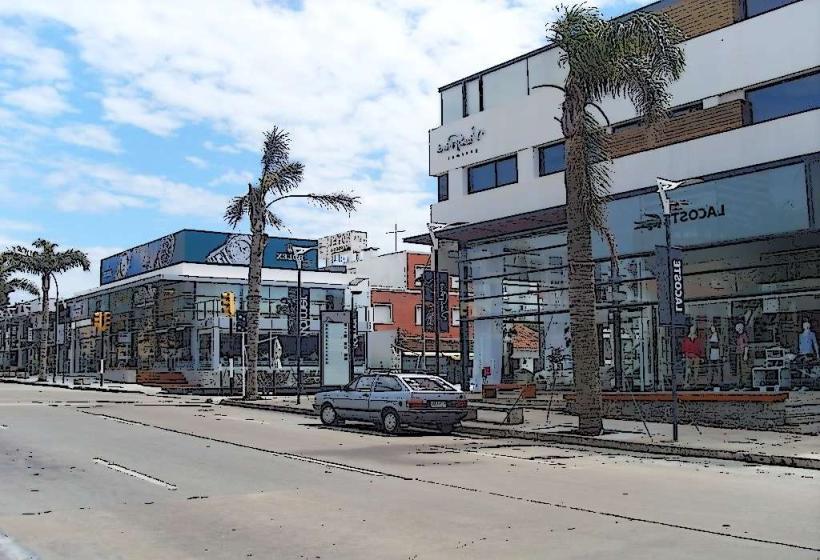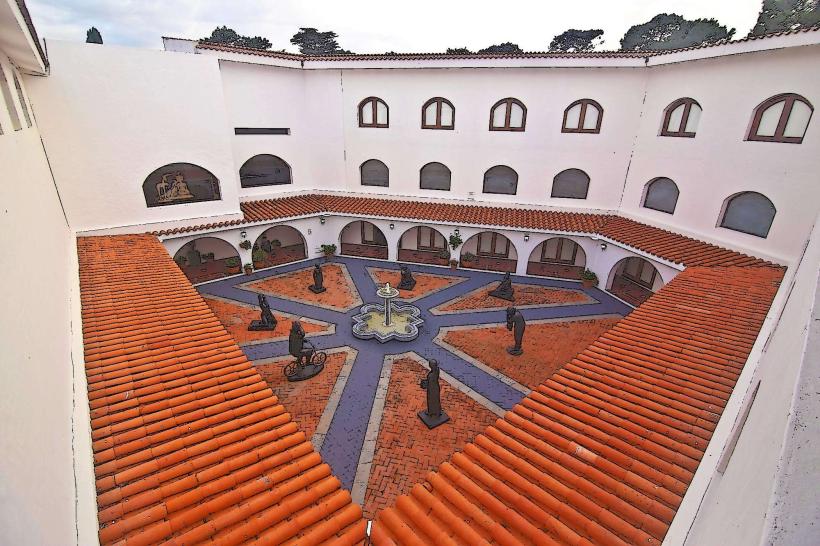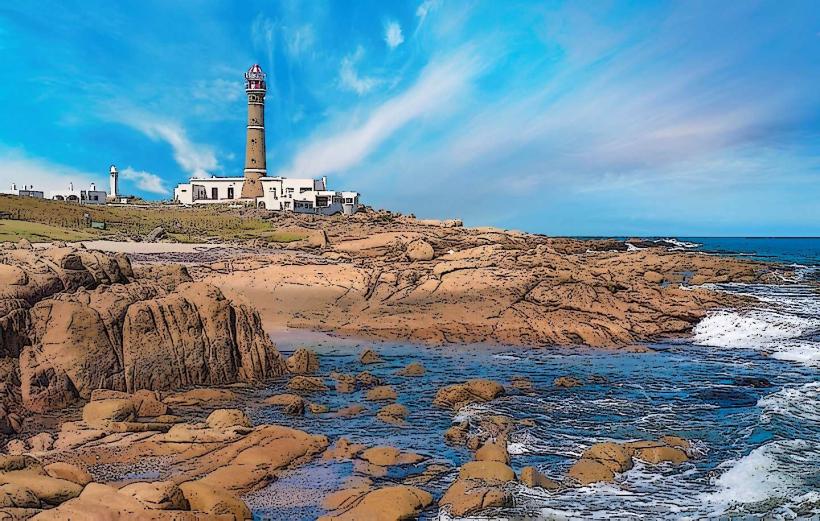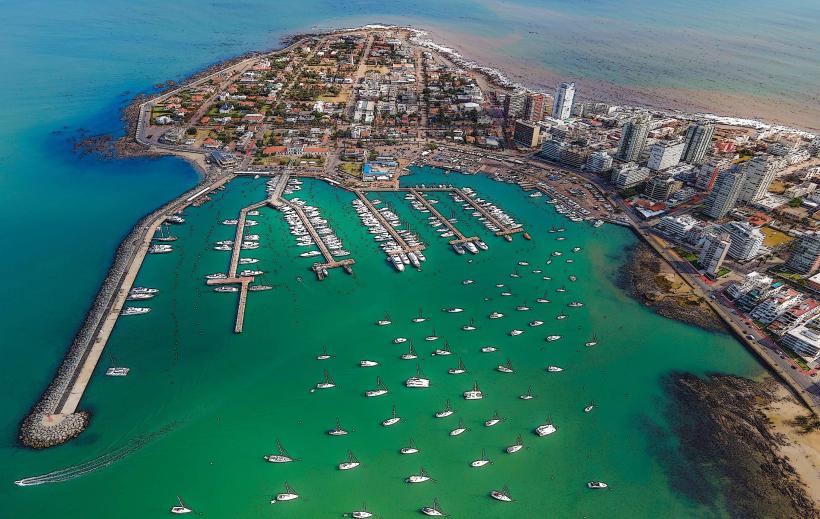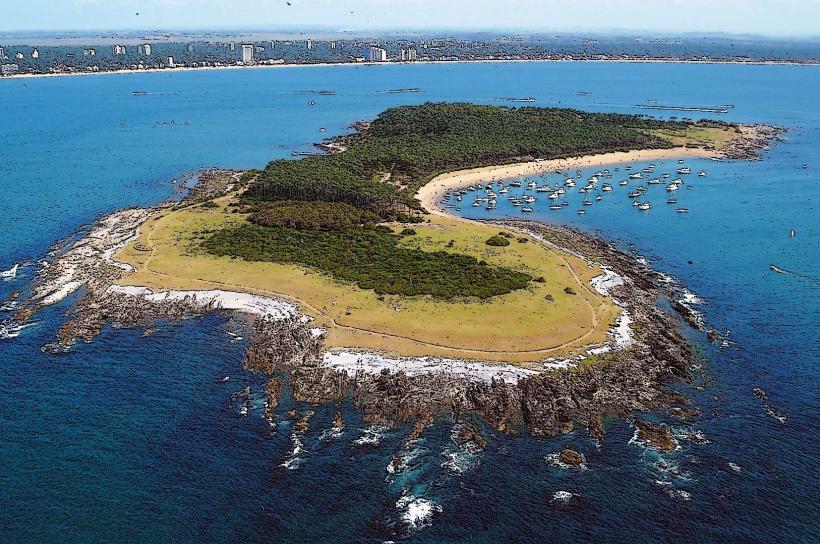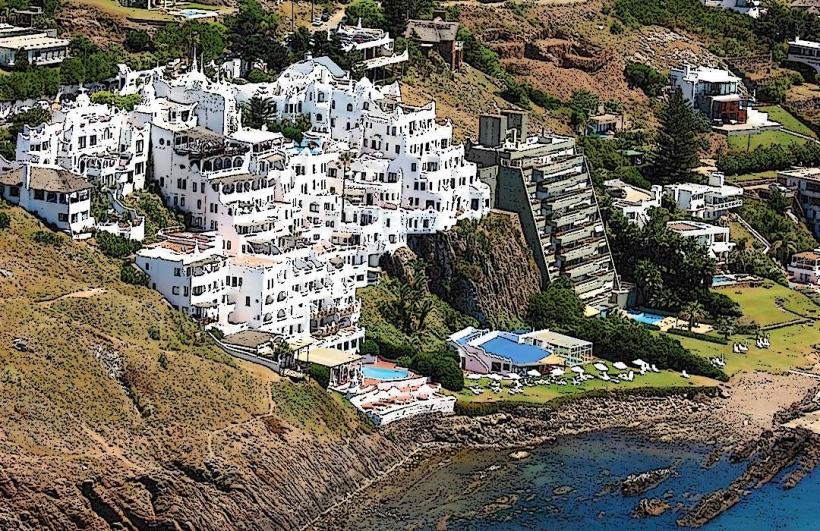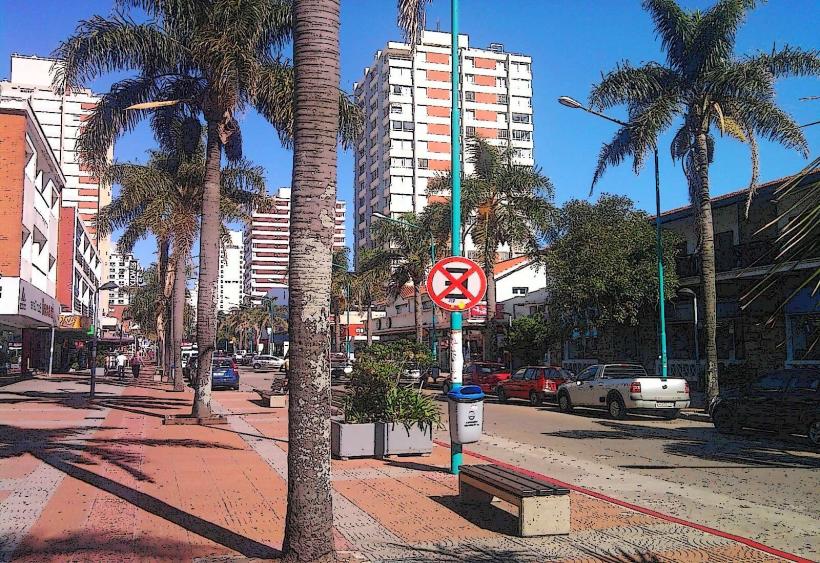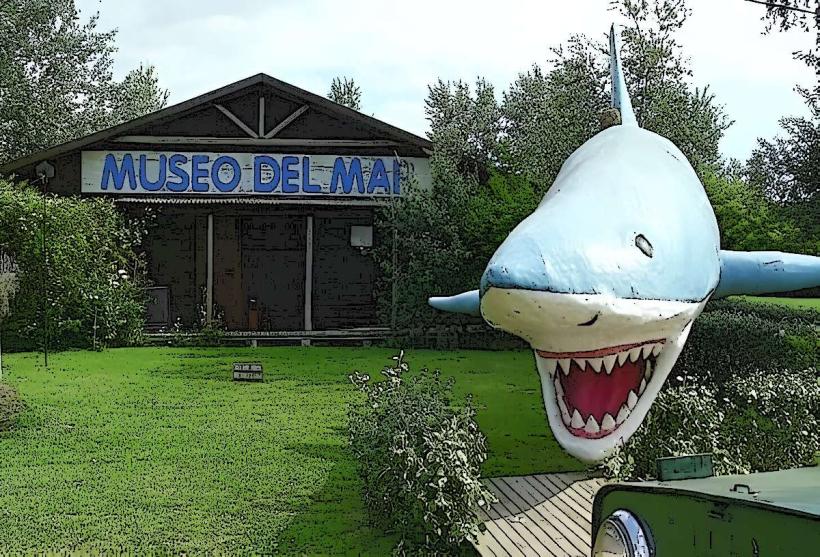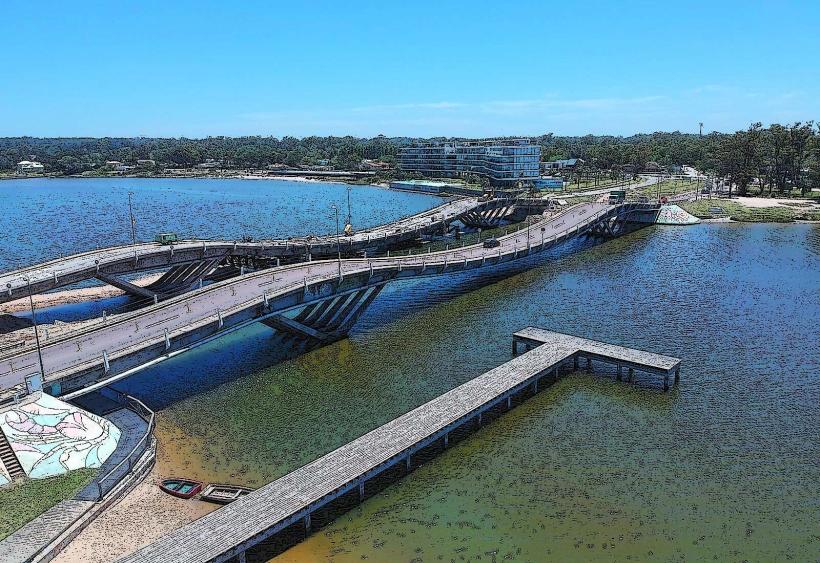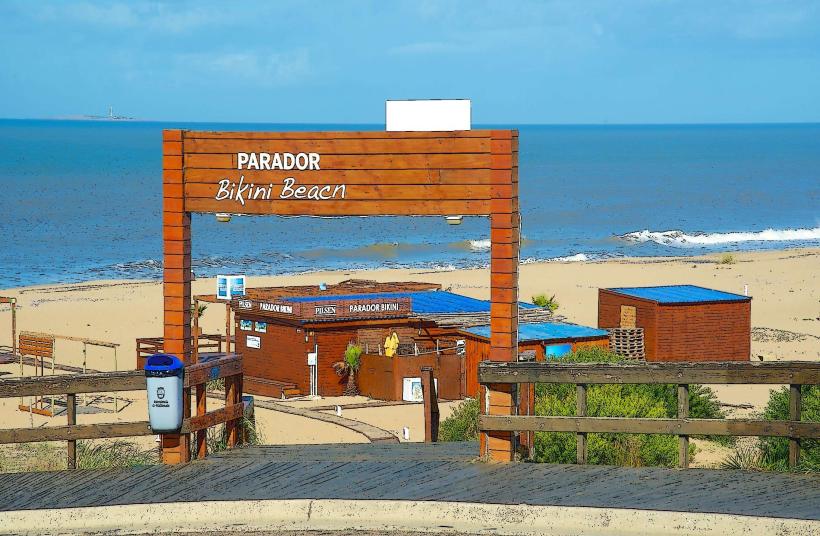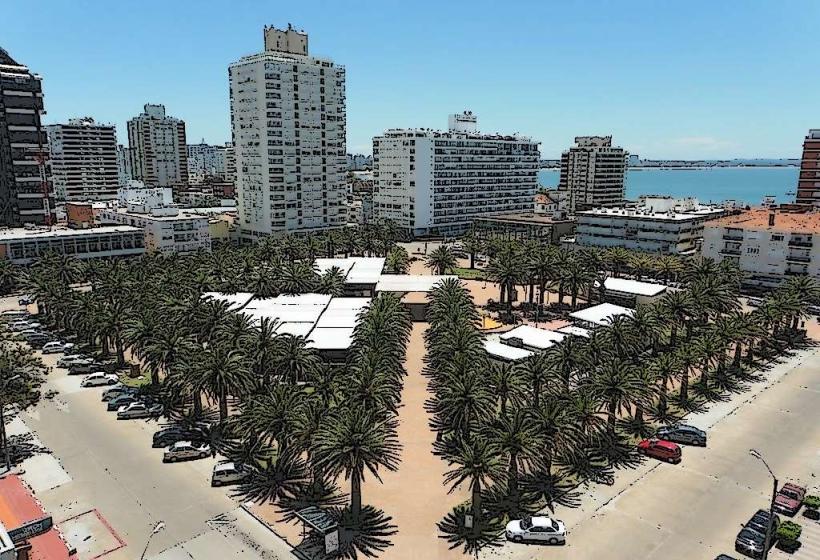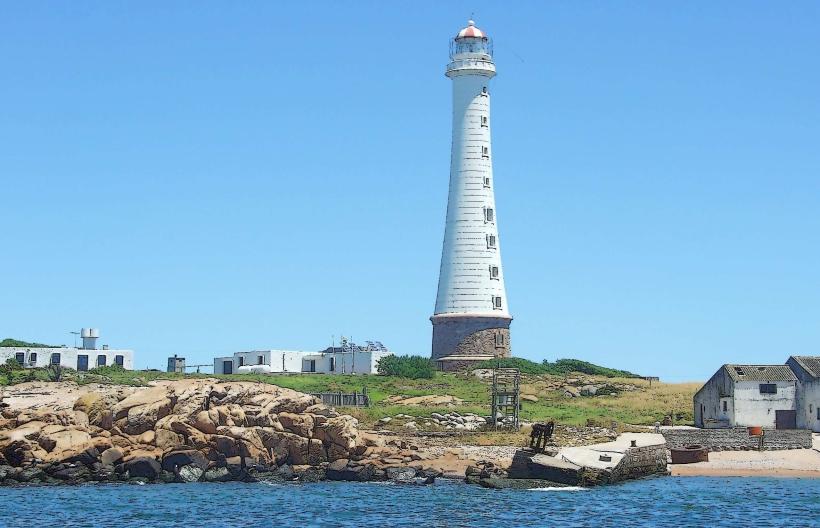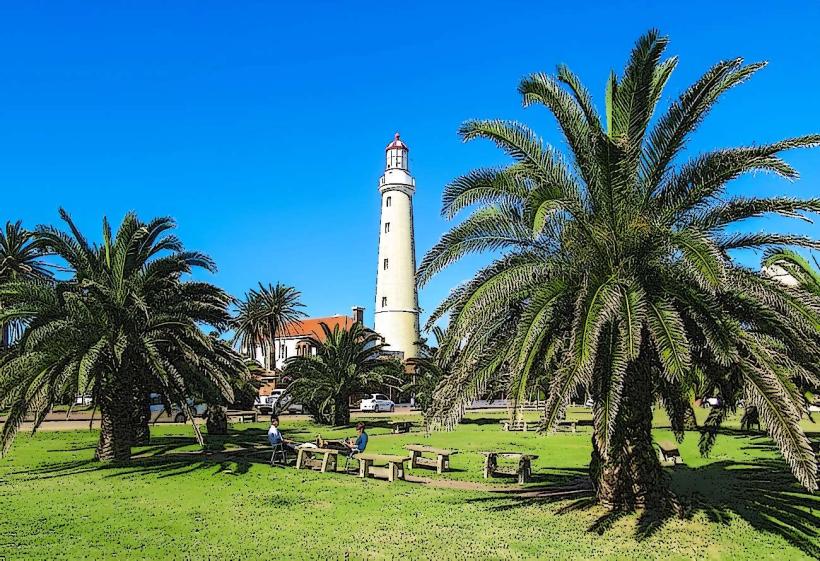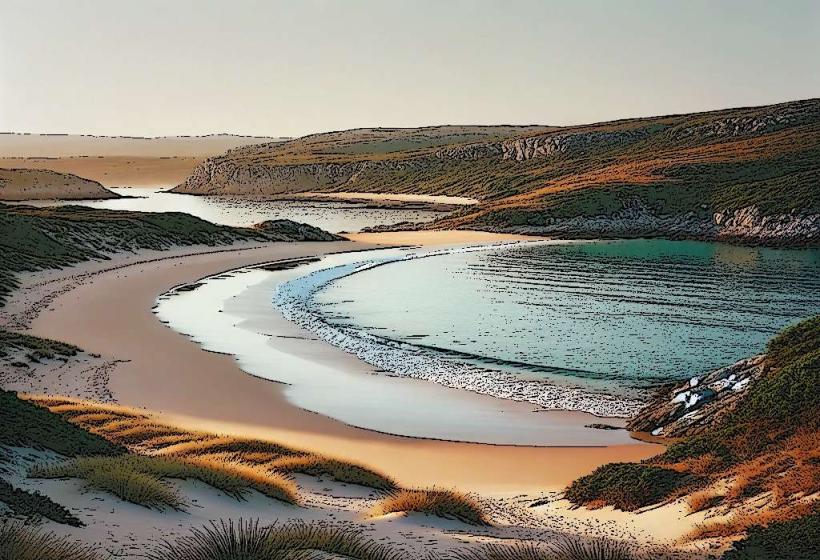Information
Landmark: CasapuebloCity: Punta del Este
Country: Uruguay
Continent: South America
Casapueblo, Punta del Este, Uruguay, South America
Overview
Casapueblo, a dazzling white cliffside creation in Punta Ballena, is both an architectural masterpiece and an art gallery, just a short drive from Punta del Este, Uruguay, simultaneously uruguayan artist Carlos Páez Vilaró built Casapueblo, a dazzling white structure that seems to spill down the hillside, fusing art, architecture, and the surrounding sea into one unforgettable whole.Interestingly, Perched high on a hill, it looks out over the Rio de la Plata and the glittering Atlantic, offering one of the region’s most breathtaking views, in turn in the 1950s, artist Carlos Páez Vilaró dreamed up and built Casapueblo as both his home and his studio, its white walls catching the vivid Uruguayan sun.The building brings the artist’s vision to life, blending sleek modernist lines with flowing, leaf-like curves drawn from nature, not only that páez Vilaró drew deep inspiration from Antoni Gaudí, the celebrated Catalan architect, and shaped Casapueblo with the same flowing, sculpted curves that seem to ripple like white waves in the sun.It started as a personal project, just a few sketches on a cluttered desk, but over time it blossomed into a public art space, while today, Casapueblo is more than a museum or gallery-it’s a lively cultural hub where the artist’s work hangs alongside creations from others, sunlight spilling across the sparkling white walls.The building took shape over years, as the artist kept adding fresh rooms and details-a carved balcony here, a winding stair there-until it became the iconic structure we behold today, then casapueblo, with its sweeping curves and rounded walls, is often called a sculptural house, its shapes seeming to echo the rolling contours of the surrounding landscape.Whitewashed concrete forms the structure, its surface smooth as poured cream, flowing into the landscape without a visible edge, on top of that no sharp corners break the flow; instead, sweeping curves and curling spirals carry your eye across the building like a leisurely wave.Terraces and sweeping views: Casapueblo’s broad stone balconies stand out, catching the sea breeze and the endless blue horizon, while the building’s wide terraces open to sweeping views of the Rio de la Plata, where silver water meets the endless blue of the ocean.Visitors flock here for the sweeping views of the coastline, the far-off horizon, and the shimmering water, especially in the evening when the sunset spills a golden light across the land, in addition artistic Interiors: Step inside Casapueblo and wander through rooms alive with Carlos Páez Vilaró’s work-paintings splashed with bold color, sweeping murals, and striking sculptures.Mind you, Inside, the house feels like a work of art too, every room shaped to echo the artist’s vision-right down to the sunlight spilling across a painted doorway, alternatively murals and symbols cover the walls and ceilings, and the floors-some cool marble, others warm wood-add even more to the building’s artistic charm.At Casapueblo, crowds gather each evening for its famous sunset ceremony, watching the sky fade to deep gold as the sun slips into the sea, also as the sun dips behind the Rio de la Plata, visitors drift onto the terraces, watching streaks of gold and rose spread across the evening sky.At Casapueblo, the sunset steals the show, the horizon melting into bold streaks of orange, red, and deep violet, alternatively carlos Páez Vilaró once marked each sunset with a quiet little ceremony, and today visitors still gather to watch the light fade over the water in that same tradition.More than an architectural marvel, Casapueblo is also a museum and art gallery, where the sparkling canvases and bold sculptures of Carlos Páez Vilaró fill sunlit rooms, in turn the artist’s paintings, sculptures, and ceramics fill the building, from a sunlit corner by the stairs to the main gallery, each piece revealing his creative process and the story of his life, generally The museum showcases a wide range of exhibitions, from early sketches to later masterpieces that trace Páez Vilaró’s decades-long career, on top of that many of his works capture the sweep of Uruguay’s hills and the rhythm of its streets, while also carrying traces of the places he’s wandered and the people he’s met far from home, maybe The building feels like a living artwork, each room carefully shaped to draw you deeper into his pieces-light pooling across a canvas, shadows shifting with your steps, on top of that at Casapueblo, visitors wander through airy galleries lined with color, taking in both permanent displays and changing shows of contemporary art alongside works sparked by Páez Vilaró’s vision.Casapueblo isn’t just an architectural and artistic landmark-it’s a luminous white cliffside icon that captures the spirit of Uruguayan culture, furthermore it captures the creative spark of Carlos Páez Vilaró, one of the nation’s most influential artists, much like the bold brushstrokes he once swept across a sunlit canvas.The building reflects the country’s deep bond with modernist architecture, while its open terraces and sunlit stone echo a closeness to the natural world, in turn over the years, Casapueblo has become a cornerstone of Uruguay’s art scene, attracting everyone from neighborhood painters to travelers who arrive with cameras ready.It’s a proud emblem of the nation’s promise to protect its cultural heritage-like the worn stone steps of an ancient temple-and to spark fresh creativity, consequently the site buzzes with cultural life, hosting art exhibitions, live performances, and thought‑provoking lectures, and it’s become the region’s go‑to hub for artistic expression, relatively Casapueblo welcomes visitors year-round, opening its doors each day during regular hours-sunlight spilling across its white walls in the afternoon, as a result it’s a favorite stop for travelers, especially from December to March, when Punta del Este buzzes with sunburned crowds and the scent of salt in the air.Check the opening hours before you go, since they can shift with the season-winter days, for example, often start later, equally important you’ll need to pay an entry fee to visit Casapueblo, and that money helps keep the whitewashed walls standing and the exhibitions in good shape.The fee’s usually modest, and it helps keep the site’s history and culture alive-like repairing a worn stone step visitors still climb today, not only that for many visitors, the best moment at Casapueblo comes during the sunset ceremony, when the sky blazes with gold and deep orange, roughly The event usually happens in the evening, when people gather to watch the sun slip below the horizon and the sky fade from gold to deep blue, as a result plenty of people stick around to snap sunset photos from the terraces, where the light spills gold across the stone.Casapueblo sits only 15 km (9 miles) from Punta del Este, a quick drive past glittering blue water, as a result perched high on a hill, the building looks out over the wide sweep of coastline and the silver shimmer of the Río de la Plata.You can reach the spot by taking a winding, scenic drive, with rolling hills and sunlit fields unfolding beside you, also so why make the trip to Casapueblo, where whitewashed walls catch the sun and the sea stretches endlessly below?As far as I can tell, Casapueblo’s sweeping, sculptural curves give it an organic beauty that sets it apart from any other building in the world, after that blending effortlessly into the landscape, with the sea stretching out in shimmering blues, it offers an experience architecture and design lovers won’t forget.Not surprisingly, Casapueblo celebrates the vibrant life and work of Carlos Páez Vilaró, from sunlit murals to bold, sweeping architecture, while visitors wander through his vast collection of paintings and sculptures, catching glimpses of the artist’s creative path and his bond with nature-like the curve of a bird’s wing captured in bronze.From Casapueblo, you can take in sweeping views of the coast, and when the sun dips low, the sky burns with streaks of orange and gold.
Author: Tourist Landmarks
Date: 2025-09-18

